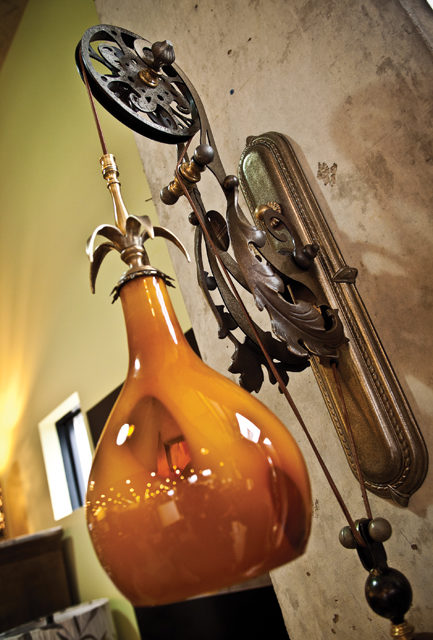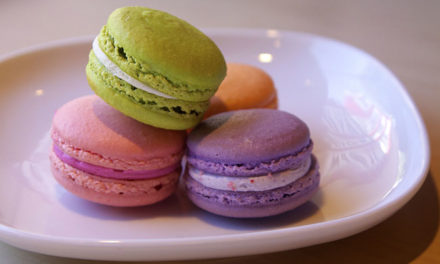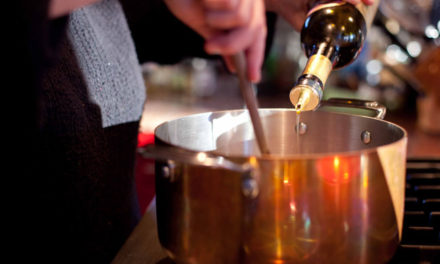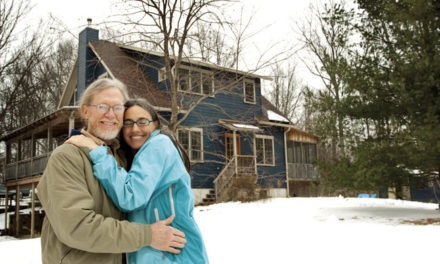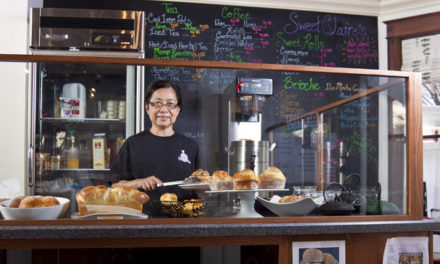BY PAMELA KEECH
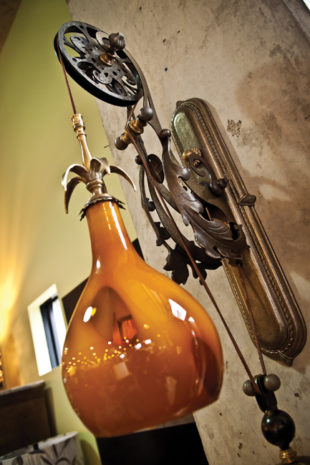
Lately, Relish, the downtown furniture emporium, has been showing phantasmagoric lamps and clocks. Built of ornate shapes, embellished with knobs and beads, dripping chains and counterweights, they seem to come simultaneously from the past and the future. The style is called steampunk. What’s that all about?
Back in the 20th century, a group of artistic science-fiction lovers began to dwell on life during the Victorian Age of steam, or actually a fantasy about what it was like. They started a fashion based on steam machines—both real and imagined. Actual steam machines were full of gears and gizmos that could be turned into art and fashion accessories. Imaginary steam machines, like those in the stories of Jules Verne and H.G. Wells, also became an inspiration.
Soon the edges blurred as physical objects and romantic notions intermingled in design, art, fashion, music, books, and movies. For some, it became a lifestyle. Devotees took to wearing Victorian clothing such as corsets, ascots, and goggles. They decorated their rooms with arcane machine parts and taxidermy. A favorite definition is by author Cherie Priest: “Steampunk is the science fiction of a future that never happened.”
One iconic bit of steampunk design is the gear. Clocks at Relish have faces layered with gear shapes, and Relish isn’t the only local purveyor of the fashion. Lucia Bennett over at Moda Industria puts gears on her aluminum-and-leather handbags.
Brad Fugate, an artist and co-owner of Relish, has actually been making steampunk sculptures out of found objects for some time and displaying them at the store. Says Fugate, “Some of my work now is coming out of that steampunk school, and I was doing it without knowledge of the term. Take an item that’s rich in its own history, and by putting it in a different context it can assume some of you into it, too.”
The lamps and clocks at Relish are refined examples of the art form. The designers are taking quintessential Victorian mechanical and decorative shapes and making useful objects with quirky beauty. “Victorian elements are fun, largely because they weren’t necessary,” says Fugate. “It was part of making a beautiful world.”


